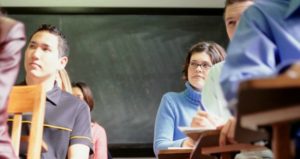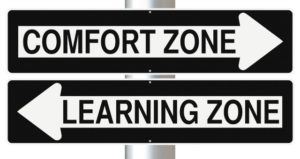A large body of research has documented how students who report strong connectedness with college instructors reap many benefits, including: better persistence (Pascarella & Terenzini, 1978), engagement (Umbach & Wawrzynski, 2005), and effort (Kuh & Hu, 2001) in college, as well as greater academic self-concept (Komarraju, Musulkin, & Bhattacharya, 2010), confidence in their ability to succeed (Vogt, Hocevar, & Hagedorn, 2007), and grade point average (Anaya & Cole, 2001; Kim & Sax, 2009). In general, the research literature supports a strong positive correlation between positive student-instructor interactions—both inside the classroom and out—and student learning and development. What is unknown, however, is whether students are aware of these benefits.













